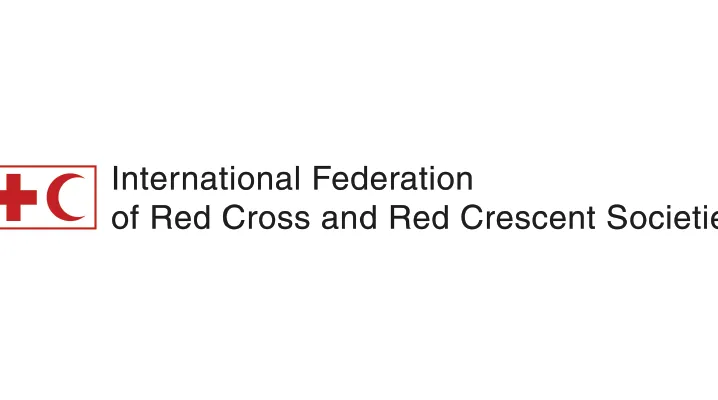Myanmar : Civil Unrest Response – Operation update n° 1 (MDRMM016)
16 September 2021

A. SITUATION ANALYSIS
Description of the disaster
The humanitarian impact of the civil unrest in Myanmar has continued to impact on affected populations since the political crisis on 1 February 2021.
In February and March, affected populations required first aid, ambulance services and emergency medical assistance in major cities and townships across the country.
During March and April, the number of people displaced increased significantly in areas of protracted crisis, including Kayin, Northern Shan and Kachin, renewed or escalating clashes between the Myanmar Military and Ethnic Armed Organisations (EAOs) resulted in additional levels of displacement.
In May and June, clashes between newly formed People’s Defence Forces (PDFs) generated further displacements. These have occurred in regions/states previously not experiencing this level of instability. These included Kayah, Chin State (Mindat townships), Magway Region, Shan South, Mon State and Sagaing In the period since early April, incidents of people injured during street protests substantially reduced, however, the security context was characterised by increased incidents of explosive devices, affecting in particular, locations with public administration and security forces.
Socio-economic vulnerabilities already exacerbated by COVID-19 impacts in 2020 have increased. The numbers of households with reduced/minimal coping capacity are estimated to have increased significantly. This includes people in peri-urban locations, incorporating six townships under martial law since March 2021. Affected populations include economic migrants from other states/regions who faced sudden job loss in factories following incidents in these townships between February and April 2021.
The third wave of COVID-19, impacting across Myanmar since June 2021 has significantly exacerbated the existing humanitarian crisis. Public health sector response capacity has been limited, and the new forms of COVID Variants have resulted in high levels of related morbidity and mortality. Associated regulatory measures, including extended stay -athome orders have also had additional socio-economic implications.
Between late July and Mid-August, humanitarian needs in Myanmar included the impacts of sustained flooding in 22 townships in 5 regions/states. (Details are summarised in Needs Analysis section below)
Compounding the areas of increased insecurity, population displacement and other areas of humanitarian needs detailed above, economic activity, as well as humanitarian and development interventions have been constrained by disruptions to the banking sector. These disruptions, linked to the Civil Demonstration Movement (CDM) have been ongoing in response to the events of 1st February. Humanitarian response agencies have had limited access to cash-based modalities to reach affected populations at scale. Financial sector disruptions are also impacting increasingly on the overall logistics supply chain with reduced supplier payment options.
A further consequence of the civil unrest and associated CDM response has been reduced public health sector capacity over the last six months. In a context of reduced service capacity as well as increased transport and security challenges, access to basic as well as emergency health services has become increasingly difficult. Households with limited financial resources and support networks have been particularly impacted.
All 17 States and regions are impacted by the multiple effects of the crisis, with specific townships in at least 11 of these hard-hit states/regions in need of immediate assistance. Six townships in Yangon and in Mindat township in Chin State remain under Martial Law. Many regions and townships continue to be impacted regulatory and control measures that include curfews, detentions, and property searches. In some of areas of protracted crisis, displacement numbers have increased. There has also been a corresponding decrease in access and response capacity by many humanitarian actors, as a combined result of both security and COVID related regulatory measures.
Six months since the onset of the Myanmar Civil Unrest, there is no resolution of the crisis, and the associated humanitarian impacts are both now intensified and protracted. In August 2021, the Myanmar military has announced caretaker government for the next two years.
Announcements
21 May 2025
Open letter: Malaysia must lead ASEAN with principle, not hypocrisy, to address the Myanmar crisis

Progressive Voice is a participatory rights-based policy research and advocacy organization rooted in civil society, that maintains strong networks and relationships with grassroots organizations and community-based organizations throughout Myanmar. It acts as a bridge to the international community and international policymakers by amplifying voices from the ground, and advocating for a rights-based policy narrative.